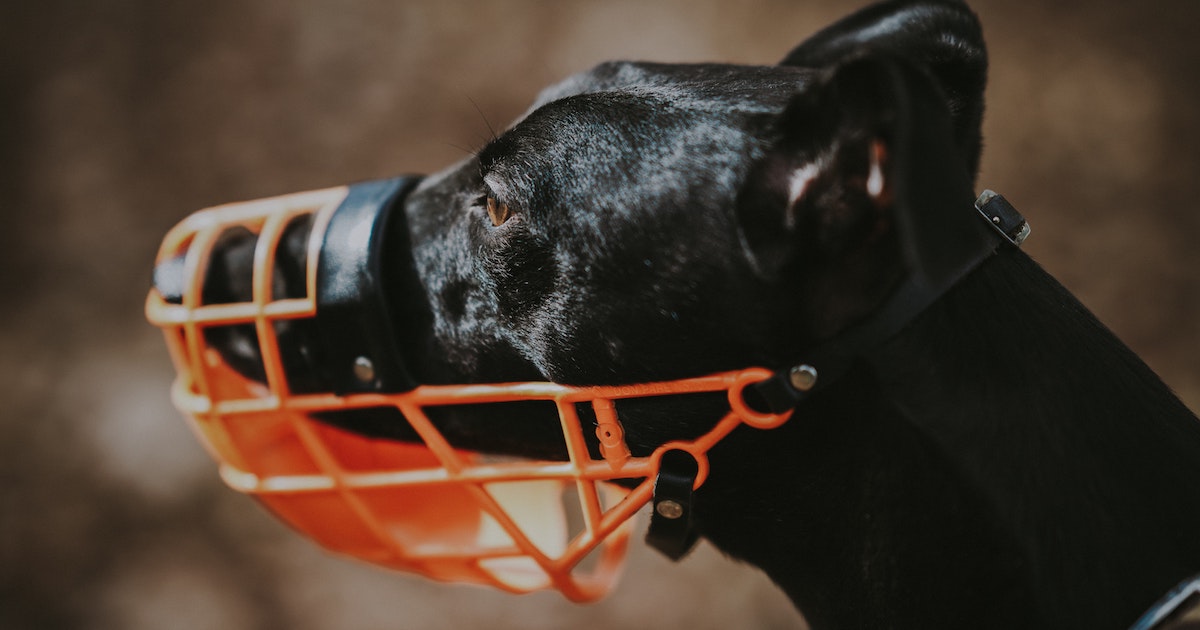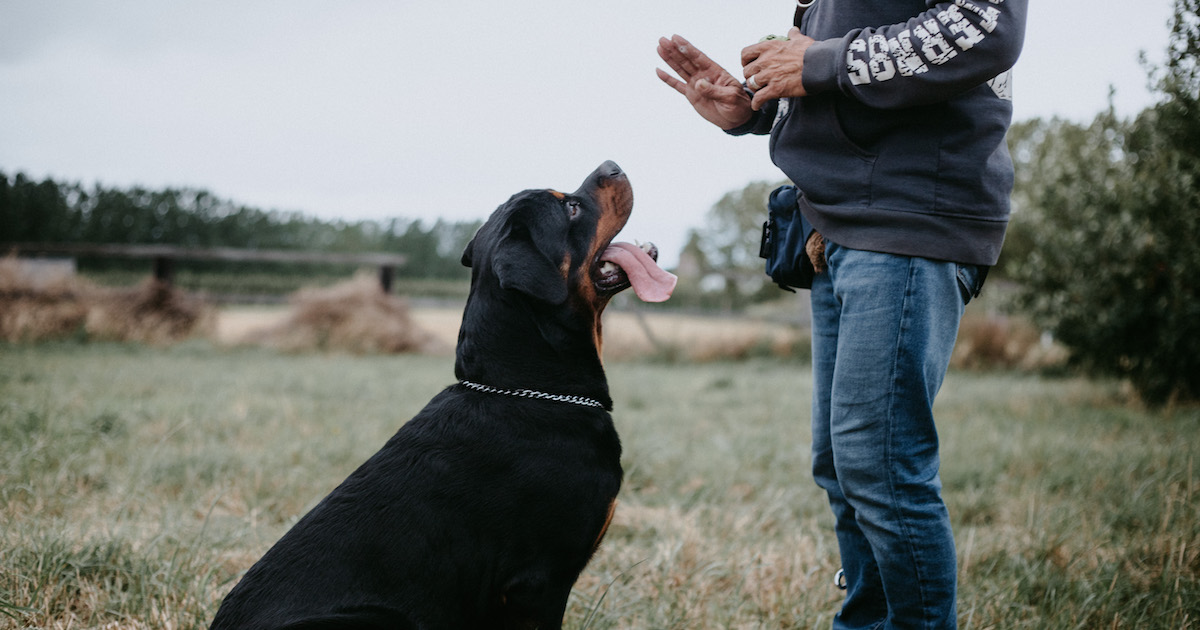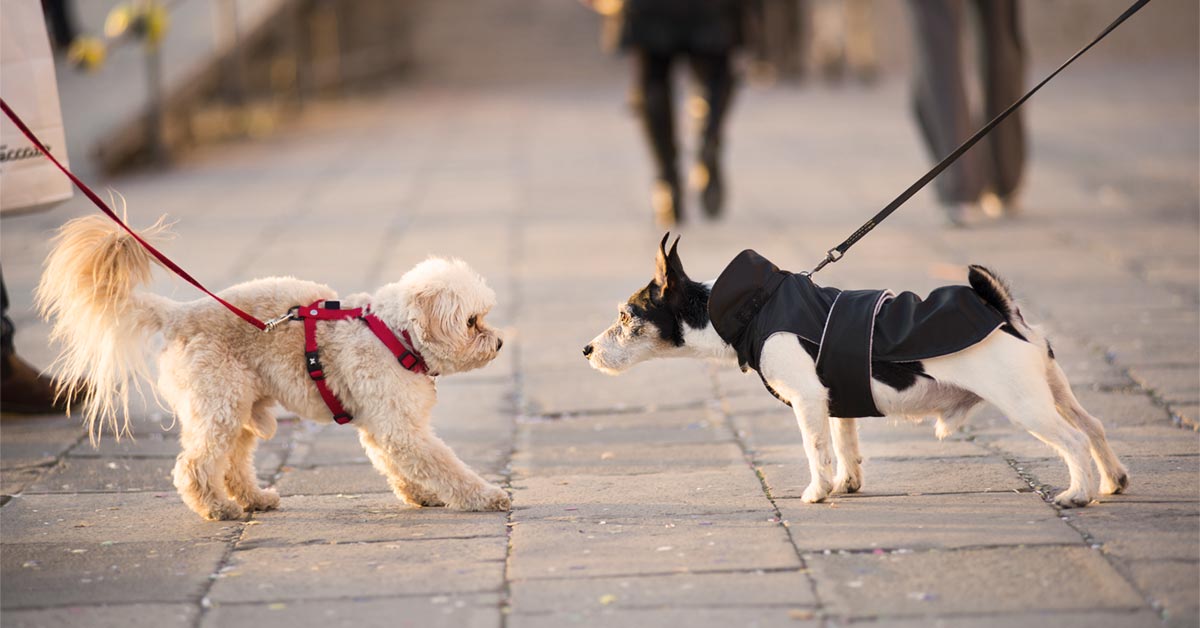Better To Have It and Not Need It
Muzzle training can seem extreme and often times of unnecessary. Whether you have a sweet dispositioned dog or a dog prone to fear and aggression, every dog needs to know how to comfortably wear a muzzle. There are so many situation that can come up whether during pain or fear, where you or a pet professional may need to use a muzzle to safely provide necessary care. You don't want the first time your dog puts on a muzzle to be the time they need it. Your dog is never going to like having something on their face during a moment that is already stressful, such as getting a wound examined by the vet. Its better to start training your dog to enjoy wearing a muzzle now, before you need it! Follow our positive dog trainers' top 3 key steps to training your dog to wear a muzzle
Buy The Right Kind of Muzzle
The best type of muzzle to work with is a basket muzzle. You want to have an open section at the bottom of the muzzle to feed treats through. This feature also allows for your dog to eat and drink with the muzzle is still on. Another huge benefit to a basket style muzzle is that they allow your dog to pant unlike other types of muzzles. Panting is an essential function for your dog to be able to cool off. Dogs do not sweat like human. Dogs cool themselves by panting. The Baskerville Muzzle is a great, affordable option with many different size options.
Start Slow
Make sure to note what is the top and bottom of the muzzle. You want to cup it in your non dominate hand and be ready to feed treats through the bottom open section with your dominate hand. Pick an extra yummy treat your dog will LOVE! When you are ready, start feeding your dog treats through the muzzle as they stick their nose in to retrieve them. Say "Good Muzzle" anytime they do. Your dog trainer will always tell you a lot of verbal praise will be helpful! Eventually transition your dog to sticking their nose in on command and holding the position for longer periods between treats. A great hand signal for this command is putting at the dog muzzle.
Keep moving forward
Only after your dog is holding the position with their nose in the muzzle for longer periods without fear, can you begin clipping the muzzle around their neck. At first, you will clip it on and take right back off. This will allow your dog the chance to normalize that sensation without fear and give you the chance to adjust sizing little by little until you get the perfect fit. You want to make sure you size your dog's muzzle to be snug. You don't want them to be able to slip it off. As your dog gets used to fully putting on the muzzle, you can start to extend how long it is on your dog. Our Knoxville dog trainers encourage you to practice other commands while the muzzle is on to distract your dog away from messing with it, and giving them a fun activity to associate with the muzzle. Your dog should view their muzzle as a source of treats and fun times. If your dog scratches at the muzzle, try to get your dog to do another trick or command before removing it. You do not want your dog to learn that scratching at the muzzle is an effective way to get it off.
Get more help from our Knoxville dog trainers, book a lesson today!








